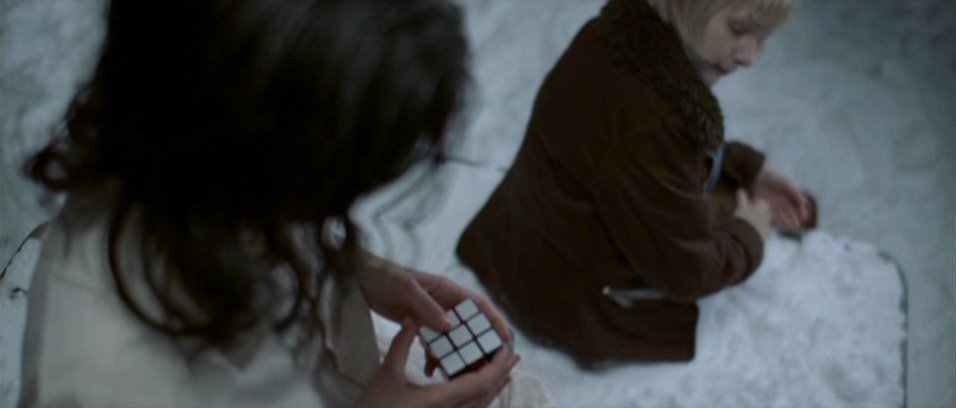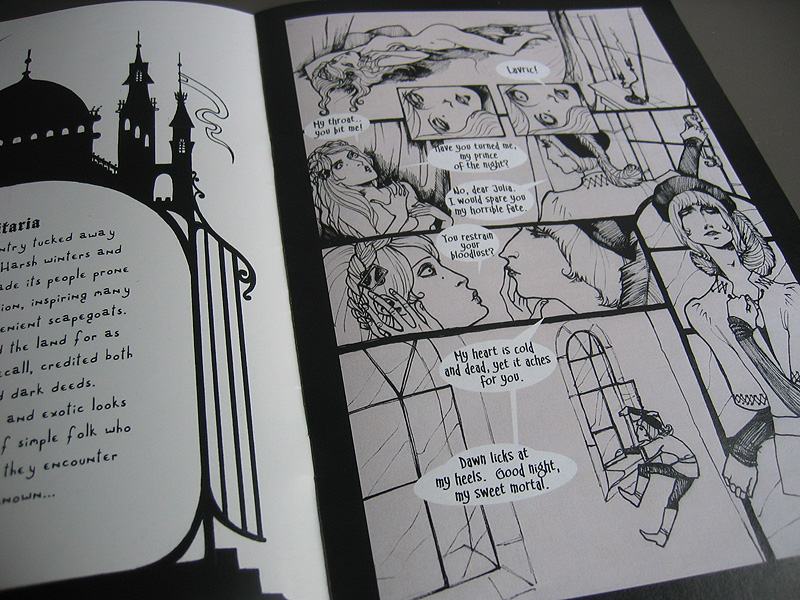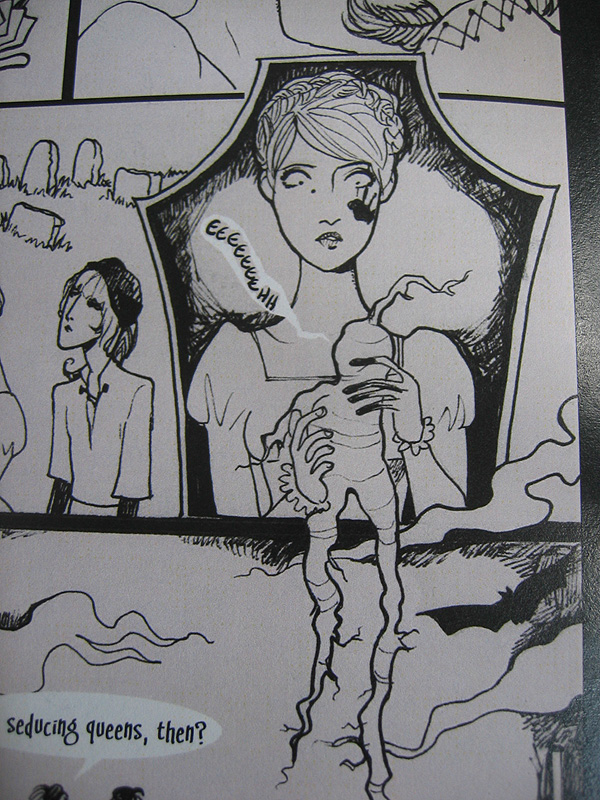Date Read: 7.9?.09
Book From: Personal collection
Reviewer: Emera
Jessamy Harrison is eight years old, the British-born daughter of a Nigerian mother and a white British father. Extraordinarily precocious and sensitive, she spends hours by herself and often falls into inexplicable screaming fits and fevers. One summer, her mother brings her to visit her grandfather in Nigeria. Even among her cousins there, Jess feels unwanted and out of place, until she meets Titiola – “TillyTilly,” as Jess calls her – an odd, mischievous girl living in an abandoned building on the family compound. TillyTilly is soon Jess’ first and best friend, and delights Jess with her waywardness and strange tricks. However, as their pranks become increasingly vicious, Jess begins to realize that TillyTilly is becoming an uncontrollably destructive force in her life.
Helen Oyeyemi famously wrote The Icarus Girl at the ripe age of 18, while studying for her college entrance exams. (She ended up at Cambridge.) When I tell friends this, they tend to raise an eyebrow and ask if it reads like it was written by an 18-year-old. Amazingly, it doesn’t. Oyeyemi’s writing is elegant and meticulously stylized, only occasionally venturing into the overwrought. Her portrayal of Jess is astoundingly compelling. The reader immediately and intimately enters her perspective and begins to understand how tormented and frighteningly fragile she is, despite being (or because she is) so young. Much of the impetus to read onwards, in my experience, came from the desire to see Jess safe and healed from her fears. I was increasingly terrified for Jess as the novel went on, and some of the scenes in the book reach truly nightmarish pitches of horror. The half-articulated, hallucinatory style of the darker, mythical elements actually reminded me of Toni Morrison’s Beloved. Continue reading The Icarus Girl, by Helen Oyeyemi (2006) E


